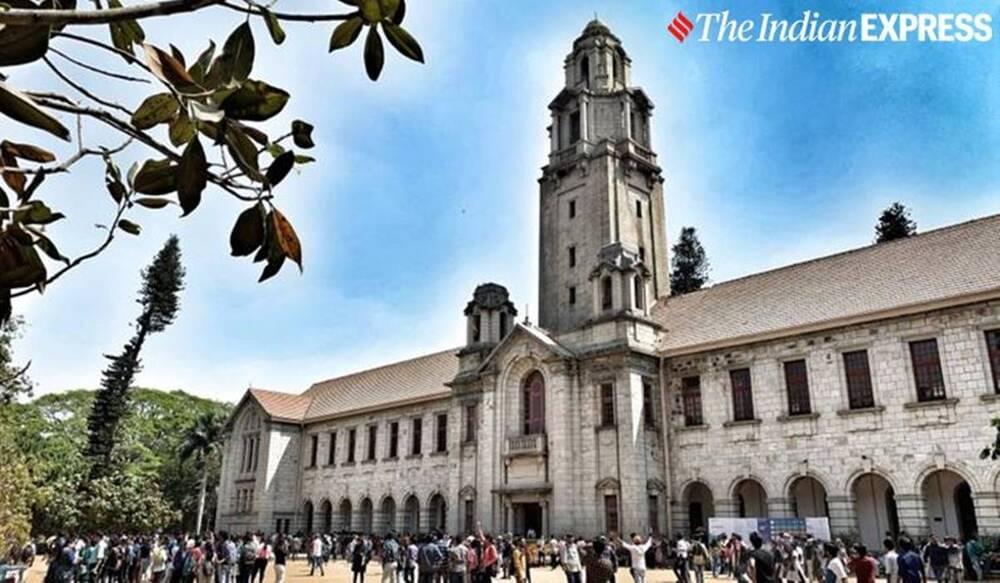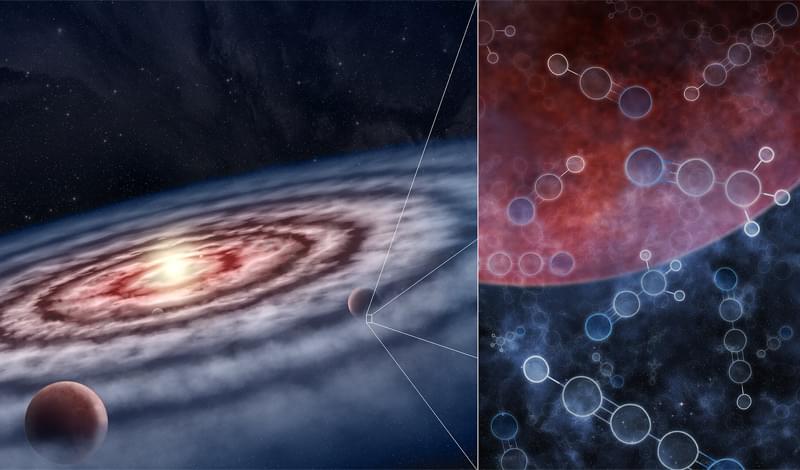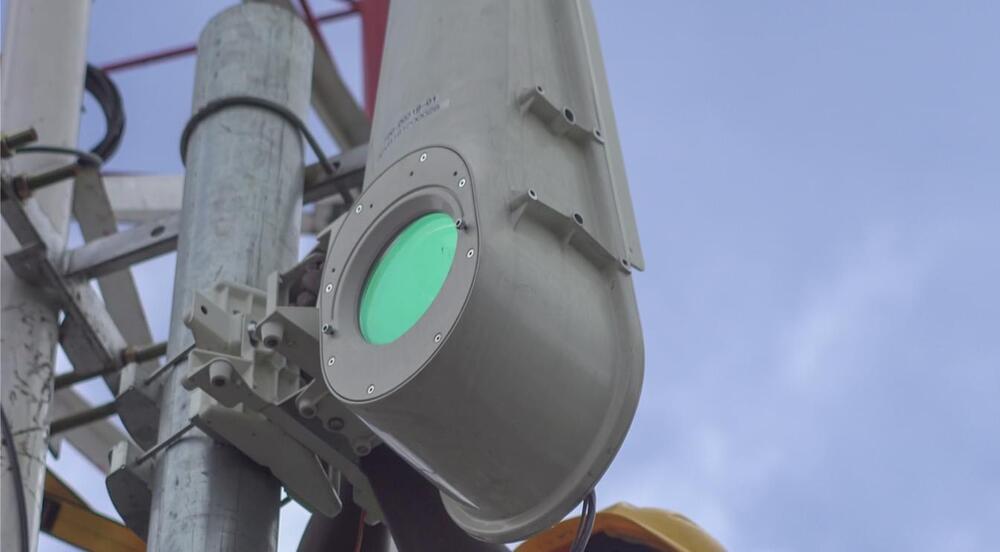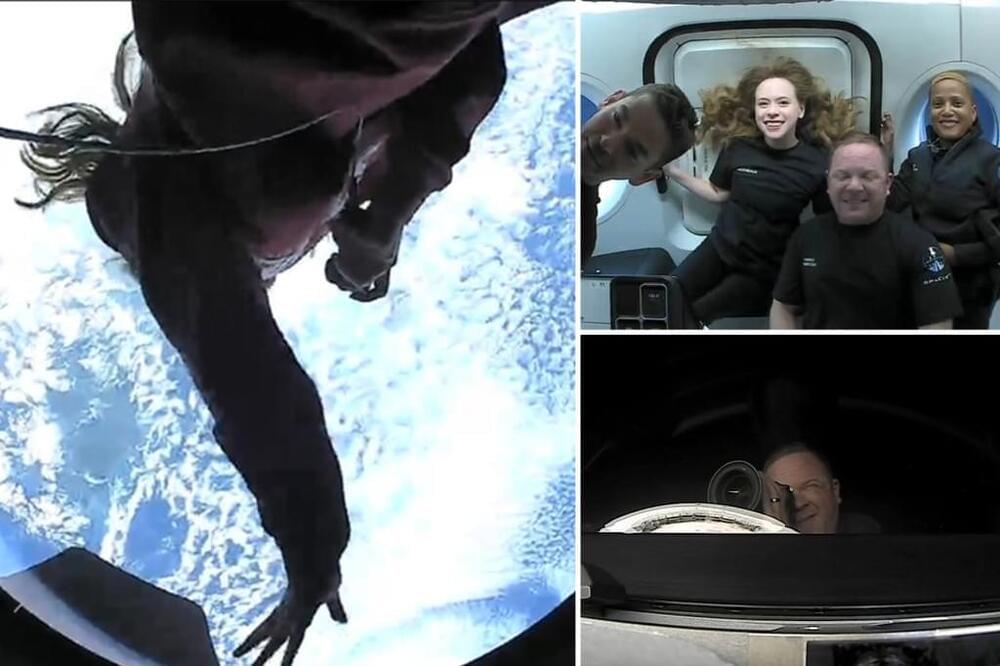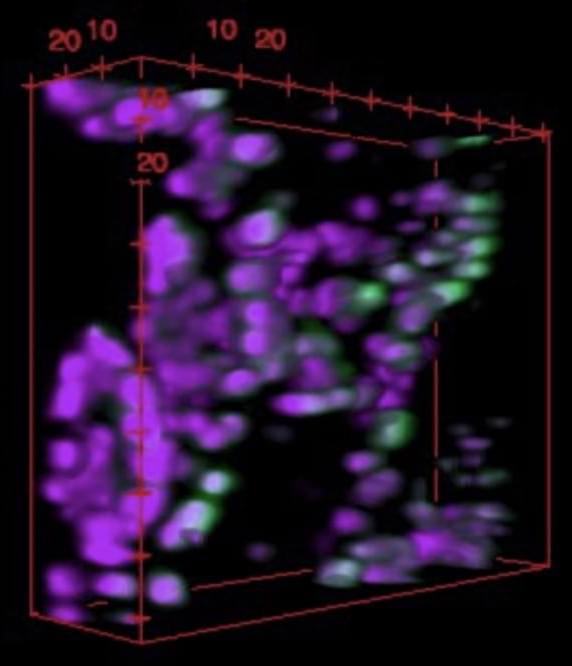Sep 17, 2021
IISc Bengaluru establishes new AI and machine learning centre
Posted by Genevieve Klien in categories: education, robotics/AI
Spread across approximately 140,000 square feet, the Kotak-IISc AI-ML centre will offer Bachelor’s, Master’s and short-term courses in areas such as artificial intelligence, machine learning, deep learning, fintech, reinforcement learning, image processing and computer vision, a joint statement said.
Read | Management institutes eye new-age tech with dedicated centres and specialised courses
The Centre, established under KMBL’s CSR project on Education & Livelihood, will also promote research and innovation in AI and ML and develop the talent pool from across the country to provide cutting-edge solutions to meet industry’s emerging and future requirements, it said.
